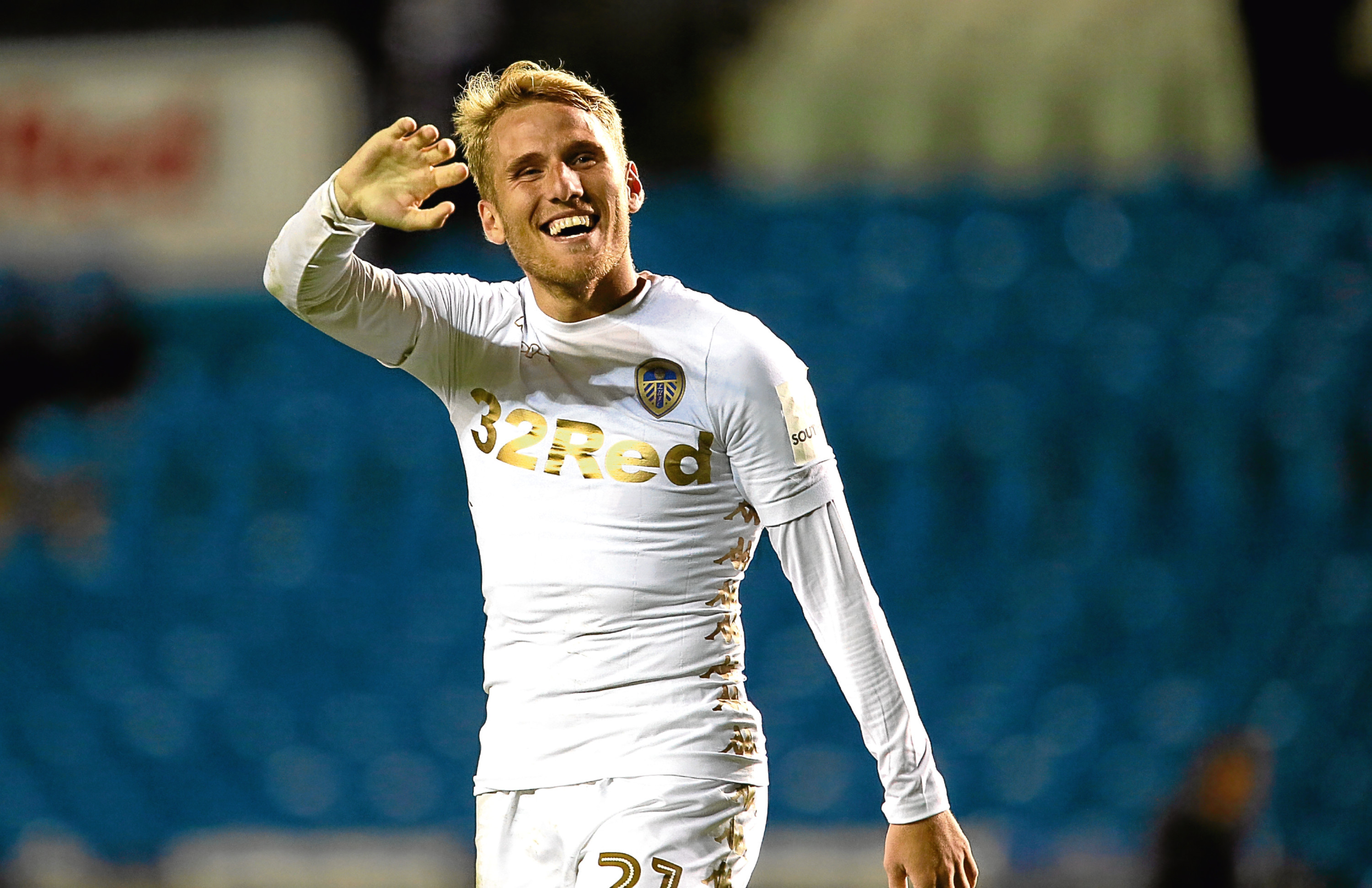
UNDERHAND tactics will always be part of football.
A wee tug on a shirt, an “accidental” stud driven into an opponent’s foot, a fly elbow to the stomach.
They are all useful, if technically illegal, weapons.
But there is a line that should never be crossed – spitting.
I was disgusted when I heard Leeds United’s Spanish star Samu Saiz was accused of gobbing in Port Vale defender Joe Davis’ face during the week.
It’s the worst thing you can do to somebody on a pitch.
Fair enough, inflicting a broken leg on an opponent will hurt more and have longer-lasting consequences, but these things sometimes happen when players tackle each other.
Spitting is uniquely disgusting because there is absolutely NO justification for it.
Leeds star Saiz denies the allegation but, if he is found to have spat, he should be hammered by the FA.
The bottom line is this – today’s players should not have to be at risk of being spat at on the field.
Thankfully, such incidents are increasingly rare.
Unfortunately, in my day it was par for the course, particularly against foreign opposition.
I first encountered it early on in my career.
I was a youth player for Ipswich Town, playing in a tournament in Germany.
Being kids, we took it deadly seriously.
In our minds, we were representing the club abroad. It was like playing in the Champions League.
We were pumped up, ready to go out and give it our all, whatever that meant.
We were playing a Turkish side, whose name escapes me, but immediately we knew we were up against a different, more disgusting form of the dark arts. I was used to getting the odd wallop off defenders, but this lot were different.
They nipped, they grabbed you under the armpits, they even pulled your hair. Worst of all, they spat.
It was absolutely horrible.
We didn’t stoop to their level in response. We got our own back our own way.
I made sure my elbows and knees were at their sharpest and caught a couple of them where it hurt.
I’m sure they didn’t like it much, but what else could we have done?
As I got older I played against foreign opposition more regularly. Spitting wasn’t something that happened all the time, but when it did, it tended to be in Europe. For some reason, it seemed like it was a normal thing to do for them.
They didn’t bat an eyelid.
In response, we didn’t shy away from dishing out a few sly digs.
It wasn’t ideal, but as far as I’m concerned, if you’re going to spit at people, you deserve everything you get.
Times have changed since then – and for the better.
So if Samu Saiz is found guilty of spitting on an opponent, he should get a six-game ban. Nothing less will do.
The punishment needs to be such that it ensures there is no repeat performance.

Enjoy the convenience of having The Sunday Post delivered as a digital ePaper straight to your smartphone, tablet or computer.
Subscribe for only £5.49 a month and enjoy all the benefits of the printed paper as a digital replica.
Subscribe